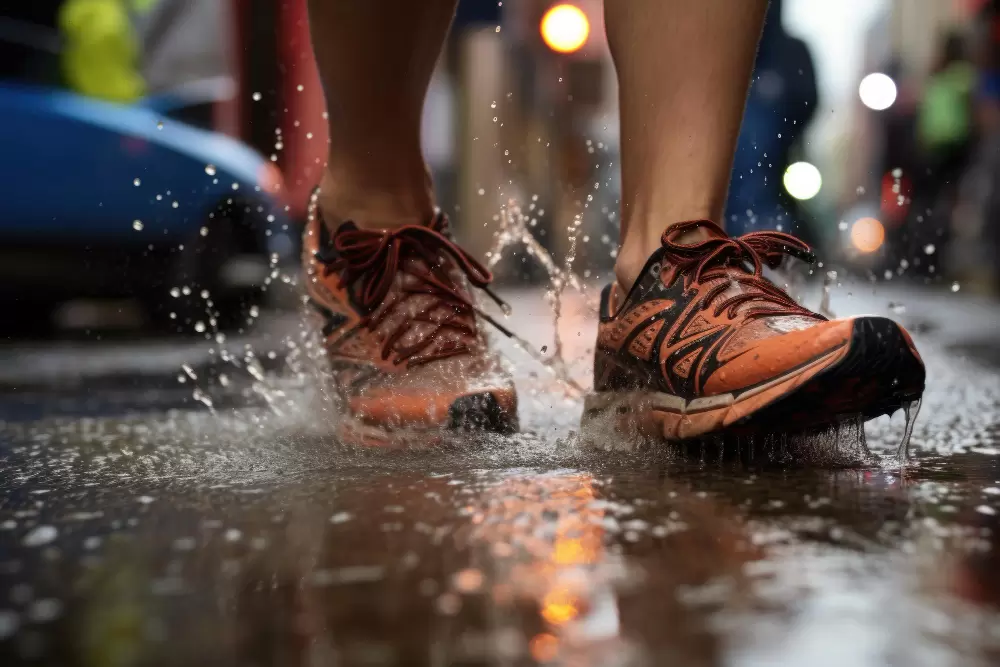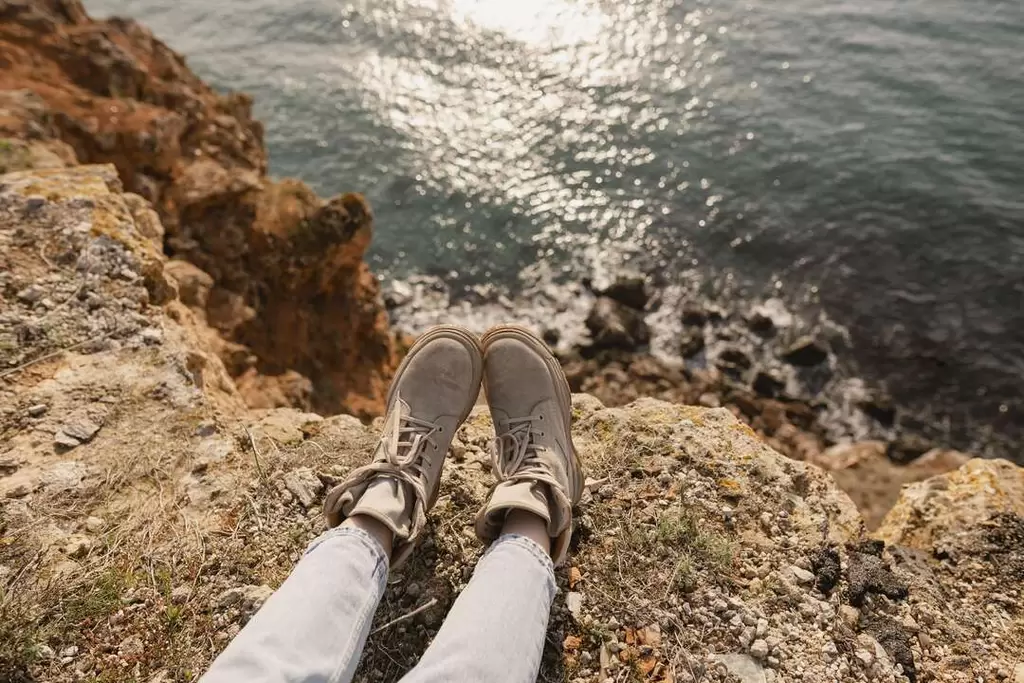How to Dry Wet Shoes Quickly? What to Do About Smelly Wet Shoes? 7 Effective Methods!

How to Dry Wet Shoes Quickly? What to Do About Smelly Wet Shoes? 7 Effective Methods!
The rainy season is approaching—what should you do if your shoes get wet? Taiwan's humid climate means most people have experienced wet shoes, which can deform, smell bad, and make wearing them unbearable. If your shoes accidentally get soaked, how can you dry them quickly? Below are seven methods to address this issue and prevent odors!
How to Quickly Dry Wet Shoes and Eliminate Odors?
During the rainy season, shoes inevitably get wet, whether from rain during your commute or outdoor activities. Wearing wet shoes is not only uncomfortable but can also lead to foot issues.
1. Thoroughly Air Dry Shoes: Place wet shoes in a well-ventilated area, away from direct sunlight or heat sources. Avoid using a hairdryer for extended periods, as excessive heat can damage shoe materials.
2. Stuff with Newspaper: Place newspaper or absorbent towels inside the shoes to soak up excess moisture. Replace them regularly until the shoes are dry. Avoid using newspapers on light-colored or canvas shoes, as the ink may stain them. Instead, use white paper, kitchen towels, or old fabric.
3. Use Shoe Fillers: To prevent shoes from deforming while drying, use shoe trees or stuff them with fillers to maintain their shape.
4. Use a Shoe Dryer: Compact shoe dryers are widely available and can effectively remove moisture from shoes. Some even have additional functions like mite removal, sterilization, and deodorization.
5. Use Deodorizing and Drying Agents: Add moisture-absorbing and deodorizing items such as charcoal bags or silica gel packets into the shoes. If odor persists after drying, place coffee grounds or activated charcoal in an old sock and leave them inside overnight.
Best Shoe Options for Rainy Days: Key Features & Long-Lasting Waterproof Sprays

6. Choose Non-Slip Soles with Good Traction: Shoes with rubber soles, such as rain boots or hiking shoes, are excellent for wet conditions due to their grip. However, check the soles regularly, as old rubber soles can harden and lose traction.
While slippers are a common rainy-day choice, foam soles can be slippery, requiring extra caution.
7. Use Waterproof Shoe Covers or Spray: Waterproof shoe covers or sprays are essential for rainy commutes. Reusable shoe covers often come with anti-slip soles, while waterproof sprays can be applied to shoe surfaces to prevent water absorption. Choose long-lasting sprays that offer anti-mold, anti-bacterial, and UV protection. Avoid toxic gas-filled sprays to minimize health risks.
Common Foot Problems from Wet Shoes

If your feet stay in wet shoes for too long, replace them as soon as possible or ensure your feet are dry. Prolonged exposure to damp shoes can lead to health issues, including:
Athlete's Foot: Long exposure to moisture can cause fungal infections, leading to itchy and peeling skin.
Nail Fungus: Prolonged dampness increases the risk of nail infections, causing discoloration, thickening, and deformation of toenails.
Fungal Infections: Wet environments encourage mold growth, increasing the risk of fungal infections on the feet.
Foot Odor: Excessive sweating in damp shoes can cause persistent foot odor, which can be embarrassing.
Blisters and Friction Injuries: Prolonged wet conditions can cause blisters and skin abrasions, leading to discomfort and infection risks.